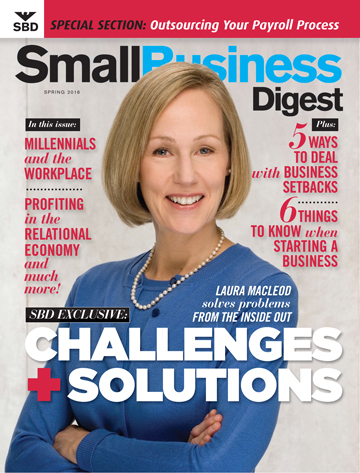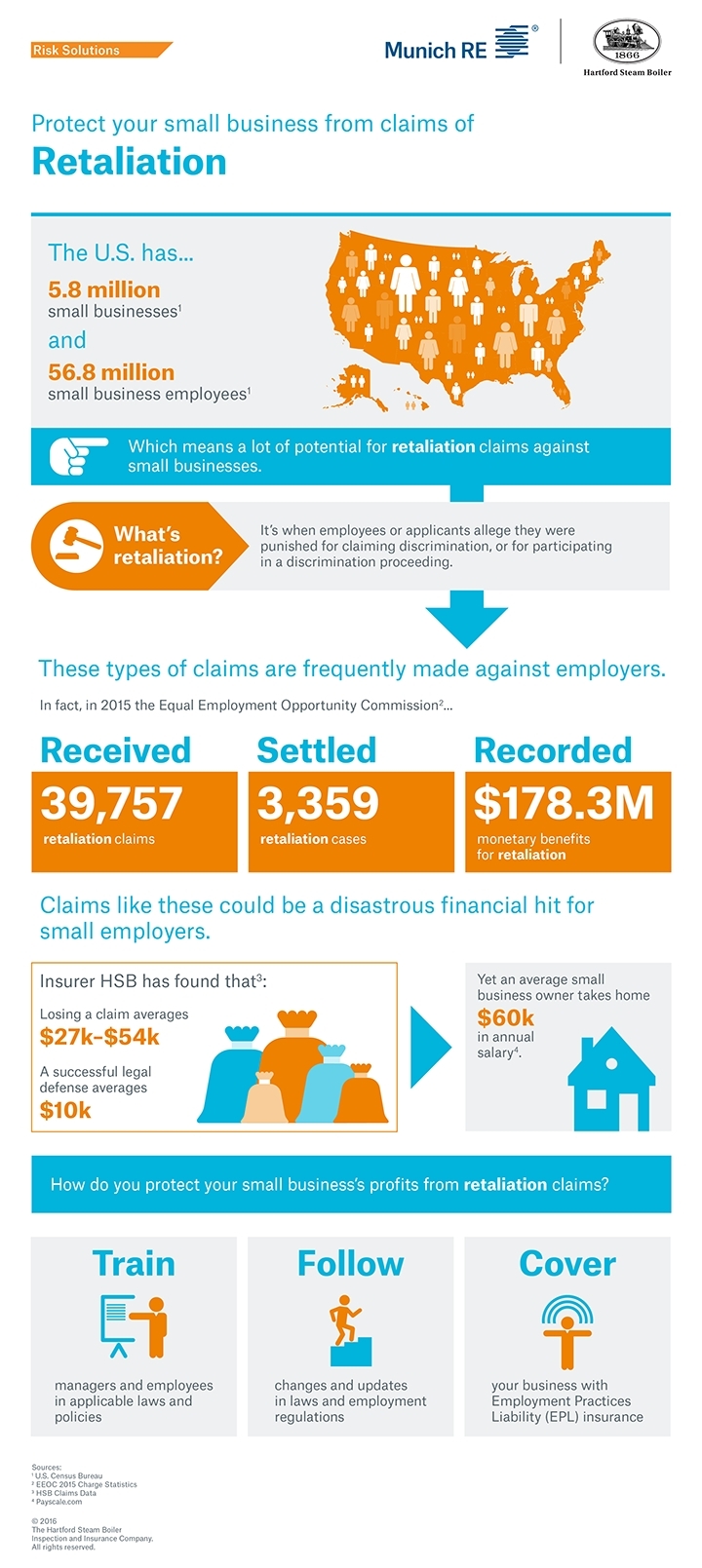Optimizing and Managing Resources – A Small Business Challenge
 All businesses look similar at the highest level of function and operations. Whether a $25 million or $500 million company, the same basic blueprint of business functions – sales, marketing, operations, customer service, IT, finance and HR – are required.
All businesses look similar at the highest level of function and operations. Whether a $25 million or $500 million company, the same basic blueprint of business functions – sales, marketing, operations, customer service, IT, finance and HR – are required.
Yet, smaller organizations do not have the same budgets or resources and must operate in the most efficient way to compete. Small businesses need to accomplish the same goals as their larger competitors – be it delivering merchandise to customers on time or resolving customer service concerns promptly – but generally have more budget constraints and a smaller workforce.
Small business CEOs wear many hats and essentially have the pressures of day-to-day operations, while also being responsible for strategic initiatives. They’re responsible for sales, payroll, recruiting, service, profitability and technology initiatives – all the business basics that larger companies have; yet, without the diverse, skilled staff to handle these.
According to Frank Bianchi, Vice President, Technology Outsource at CGSsmall business are seeing accelerated adoption of Software as a Service (SaaS), cloud and outsourcing to help them shed some of those chapeaus.
Having a partner (or partners) that can handle some of the more technical, but basic business functions, such as technology infrastructure and application management, opens the door for CEOs to focus on strategic initiatives such as growing their businesses and entering new markets.
But outsourcing also creates interesting new challenges for these business owners. They now need to decide what tasks should be outsourced, what they can afford to do in-house based on the relevant staff available and establish a balance of partners. So, how do they get started?
The roadmap for rolling out outsourcing
For small business CEOs,the first step in determining the right mix of insourcing and outsourcing for the business is identifying and acknowledging their core competency, or distinguishing capability. What are they trying to achieve? If it’s a retailer that focuses on product innovation, that’s its core competency. If it’s a financial firm that focuses on providing other small businesses with low-cost advice and consultation, that’s its distinguishing capability. The core competency, distinguishing the company from its competitors, should be the area of focus for in-house talent.
The outsourced functions typically start with the low-hanging fruit, which are not the core competencies, however, businesses can’t afford to overlook these functions. These are generally tasks that can be transitioned to an outsourcing services provider quickly (30-90 days) and often have a low cost of entry. Examples of such low-hanging fruit would be email and website hosting. Websites are essential for small businesses to succeed, since they are often the sole channel to the businesses’ target audience for information and sales. A company’s website always needs to be functioning, and even the shortest amount of downtime can cause brand damage. For instance, if a small retailer’s website goes down as a customer is making a purchase, that customer may look elsewhere for that product and all subsequent retail merchandise. An outsourcer will also have advanced security capabilities to prevent and reduce the risk of malware and ransomware attacks on the website. By looking to an outsource provider to manage the low-hanging fruit – like email, archiving and webhosting, essential but time-consuming business elements – small business CEOs and IT team members are then freed up to focus on the company’s core competency and growth
Small businesses are also turning to outsourcing providers to manage certain mission-critical systems via the cloud, rather than maintaining them on-premises. These may include portions of the standard business blueprint, such as sales, marketing, HR and payroll. Over the last five years, the cloud has proven itself to be more secure than anything a small- to medium-sized business can do on-premises, offers 24x7 availability and high performance. It can be a very cost-effective way to manage these business functions. If a small business, for example, has to maintain servers, there is a large amount of upkeep – in addition to regular patching, the organization will have to conduct regular migrations and upgrades to ensure the server is running efficiently and securely. This maintenance may require bringing in extra support, which equates to more money spent.
To further optimize a small business, other major business functions may be transitioned to the cloud. For example, transitioning your Enterprise Resource Planning (ERP) solution or Supply Chain Management (SCM) application to a managed service provider (MSP) offers a strategic step to achieving the next level of optimization. Both ERP and SCM offer an integrated set of tools that power fundamental business processes and manage mission-critical business transactions. By partnering with an MSP to host ERP or SCM solutions via the cloud or as a SaaS-based solution offers predictable monthly costs and the partner acts as an extension of your team, managing every aspect of the solution. The partner will also have important disaster recovery and backup functions in place to ensure maximum performance, availability and risk mitigation.
While outsourcing and managed cloud have multiple benefits, depending on the business and industry, there may be some mission-critical and vertical applications that are not ready for the cloud and that the in-house team would need to manage. For instance, if a manufacturer is running its own process it may be on-premises and completely customized, thereby needing to stay in-house. Or, if a healthcare organization has high-volume data about patient diagnoses that need to be protected, that data may not be feasible from a financial standpoint to be in the cloud.
The Vendor Juggle
Once a small business CEO identifies what critical applications need to remain on-premises, and has defined the company’s core competency, the next step is to find the right provider, or providers, to fit the business’s needs.
For many small businesses, it’s nearly impossible to outsource services to one provider. A company may utilize Salesforce to support sales and customer relationship management (CRM), Microsoft applications for finance and ERP, Office365 for productivity, and industry-specific applications for specific functions, such as an eCommerce platform for retail. To manage all of these relationships, it’s critical that small business CEOs have one “main” partner to manage the IT infrastructure that supports the array of applications in place and to coordinate some of the activities from other partners. This partner will act on your behalf as an extension of the in-house team and ensure target SLAs are achieved.
While working with multiple vendors may take some time to master, the overall benefits of outsourcing for a small business are cost savings and improved team productivity. With the right partner(s) in place to handle day-to-day functions for your blueprint activities, the CEO and the IT team will have more time to focus on the crucial activities that ultimately help drive business growth.
Finally, outsourcing key functions will also enable the executive team to introduce more analytics and metrics into the business to manage performance. Instead of spending eight hours on the migration project to replace end-of-life hardware, C-levels can now gain actionable insights into their businesses no matter where they are, allowing for sales targeting, upselling, partnerships and new channels. While the targeted benefits of outsourcing include increased profitability, reduced risk and improved service, the additional, unanticipated benefit of analytics will improve the quality of day-to-day interactions with customers, suppliers and partners. And while identifying the right partners to handle day-to-day functions may seem like a juggling act at first, in the end it will provide both the C-level and the IT team more time to focus on activities that will ultimately help drive the business, while offering peace of mind that all outsourced functions are operating securely and efficiently.
Frank Bianchi, Vice President, Technology Outsourcing, for CGS.
By Donald Mazzella




